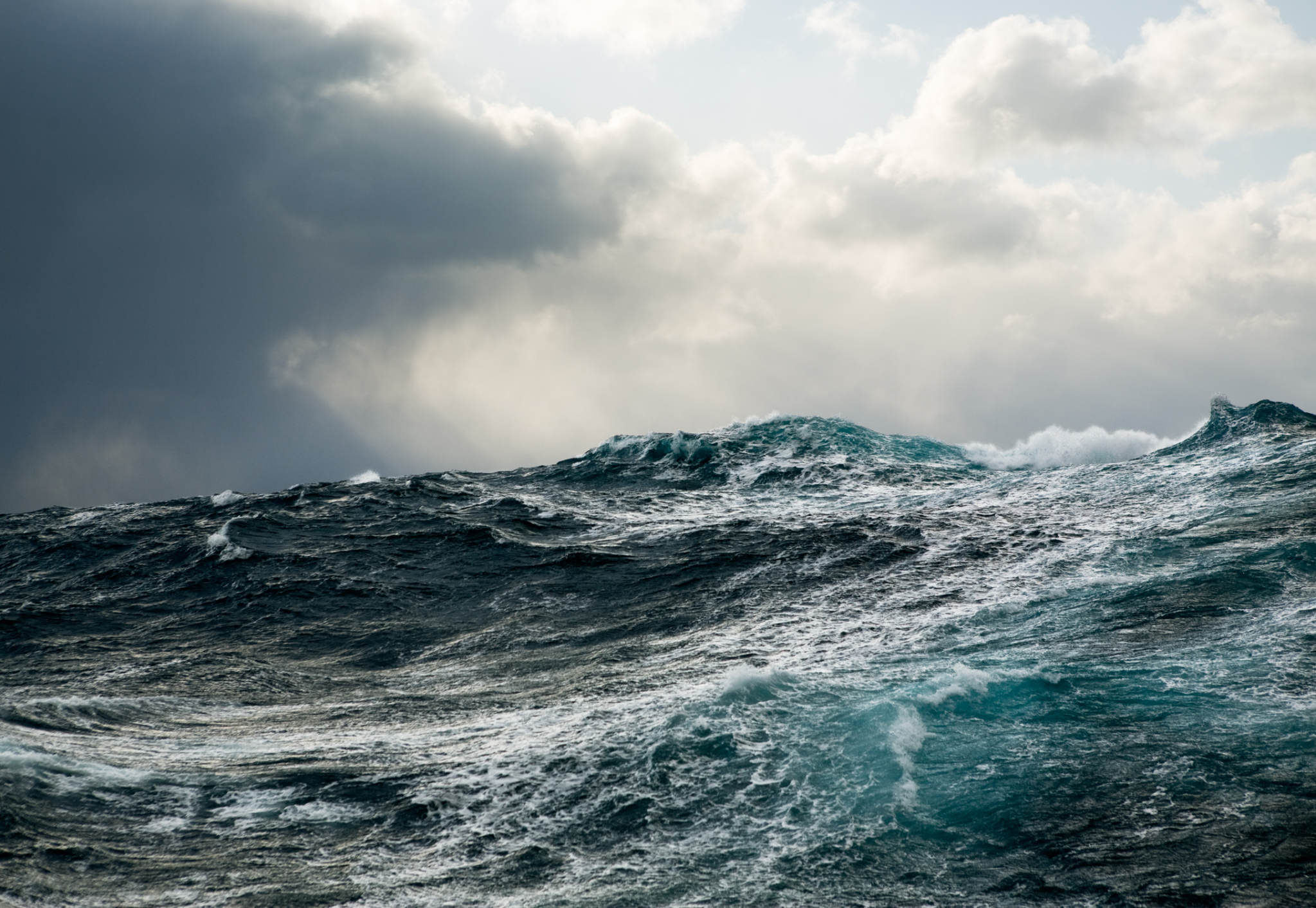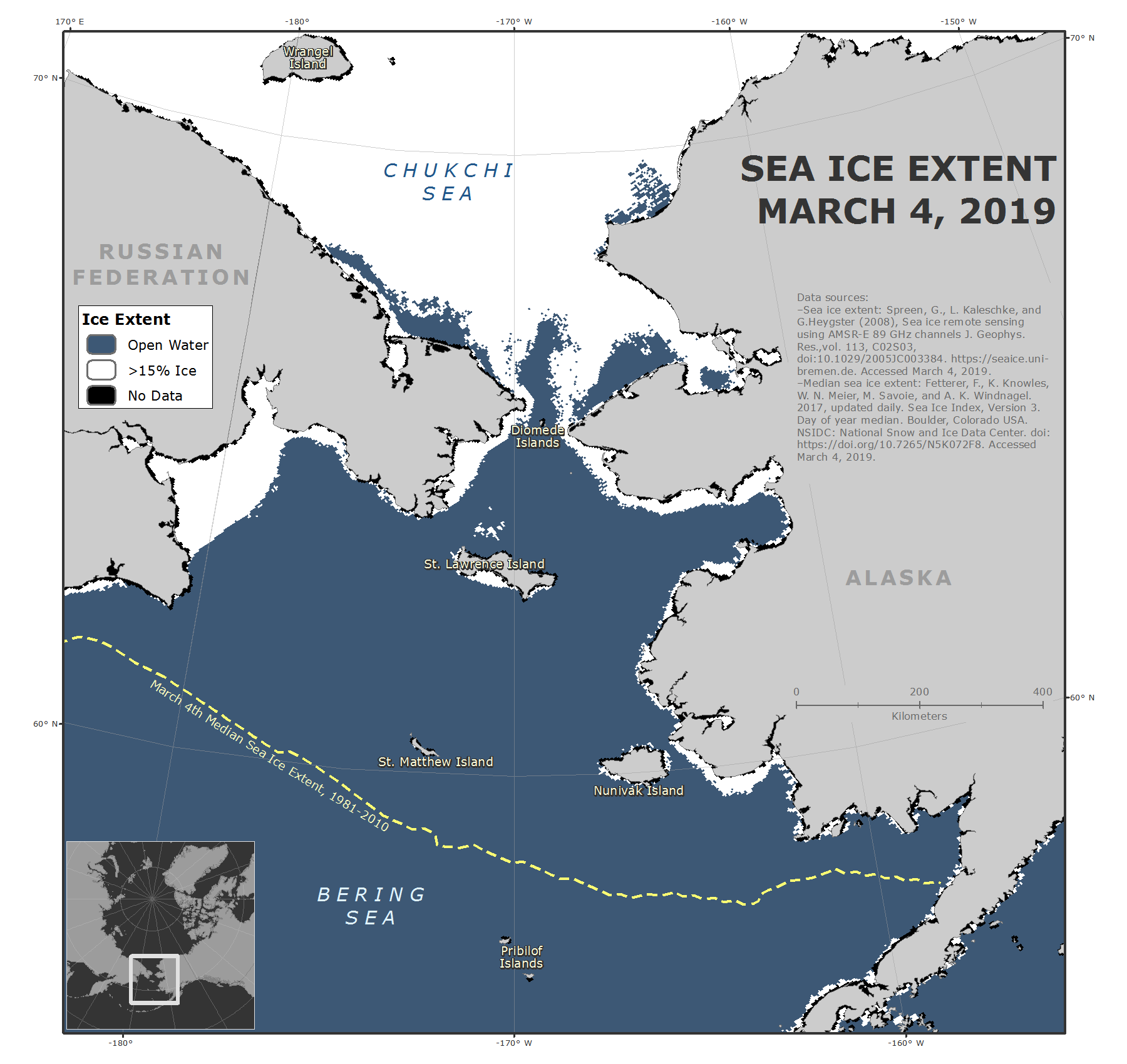Where is the Ice?
It is ironic that in a winter characterized by severe cold in much of the Lower 48, the actual Arctic is warmer with less ice than ever before

As if being a Monday morning wasn’t enough, the Anchorage Daily News headline read “Bering Sea ice is at an ‘unprecedented’ low right now.”
March is when sea ice should be at its maximum extent, in some years reaching far into the southern Bering Sea. Earlier in the winter, there was more ice than at the same time as last year, suggesting a modest break from recent dramatic trends in the region’s waters. But in the past few weeks, the ice has all but disappeared from the Bering Sea. Indeed, the little ice that is left is along the Russian coast in the Gulf of Anadyr, leaving nothing but open water along Alaska’s shores.
There are a few culprits behind the missing ice.
First, the overall trend towards warmer weather and warmer seas is continuing or accelerating. This trend is evident over the course of years and decades, with a lot of variation from year to year. So, we can expect a steady, if irregular, progression towards less and less ice. More alarming is that some of the factors limiting the rate of change now appear to be disappearing.
For example, water temperature used to fall to freezing in the northern Bering Sea in the winter, leading to ice formation and creating a reservoir of cold water that lasted through the summer. This year, much of the water remains above freezing. This means no ice, which will allow more sunlight to reach the water, warming it further. Each 1°C rise in water temperature can mean a month’s delay in freeze-up in fall. If the water stays warm through the winter and warms further in summer, it will be even harder to form ice next winter.

Second, this winter has seen many storms in the Bering Sea, which can push the ice northward and cause it to break apart. Stormy weather is hardly unusual in this part of the world but the particular conditions of this winter have destroyed most of the ice that was able to form. Perhaps next winter will be different, but storm patterns are changing along with temperatures, so there are no guarantees about what will be “normal” in the coming years.
Ultimately, the cause of an ice-free Bering Sea in March is the warming of our entire planet and the causes of the changing climate. It is ironic that in a winter characterized by severe cold in much of the Lower 48, the actual Arctic is warmer with less ice than ever before. This is one of the apparent paradoxes of global warming—that changes in weather patterns can produce extremes in both directions, even at the same time.
The consequences of an ice-free Bering Sea in March are not entirely clear.
Coastal communities that rely on ice for protection from waves and winter storms are left exposed and vulnerable to erosion and damage. Indigenous hunters and fishers who use sea ice will have to find other ways to get where they need to go and do what they need to do. Few ships come north this early in the year but eventually the longer shipping season will mean more traffic, with greater risks of accidents as well as the inevitable noise and disturbance to marine mammals, seabirds and other inhabitants of the area.

Moreover, the ice-free Bering Sea is a symptom of the changes we are seeing and can expect around the world. We are heading out of familiar territory and into conditions that we cannot predict, on a timeline that may not give us time to plan and prepare. Perhaps such fears are unwarranted, that next winter will not be so unusual after all, and we can all take a deep breath. The trouble is that we won’t know this until next winter, and if we have not used that time to prepare, then we will be left even less ready than we are now.
That is not a gamble we should be willing to risk.